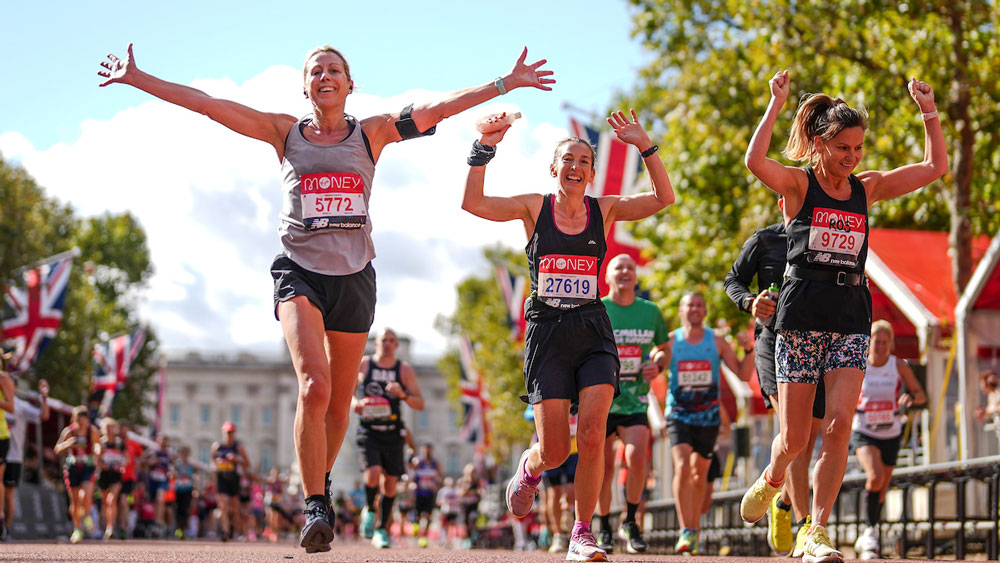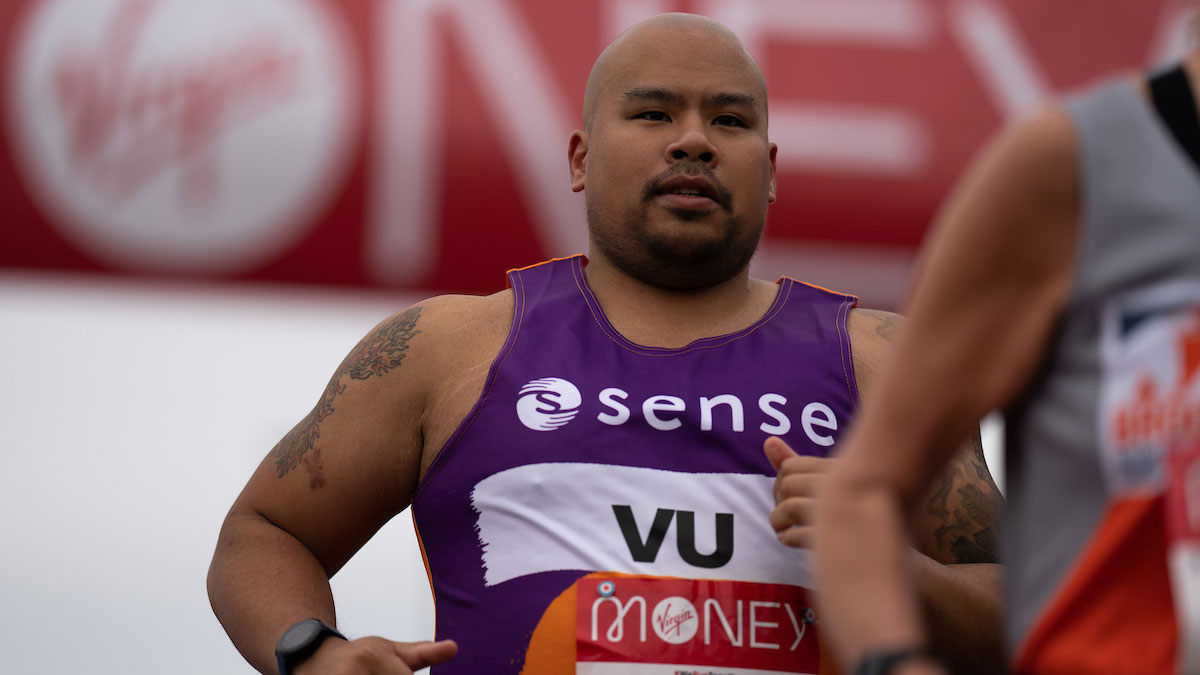The London Marathon Is In 14 Weeks, Here’s What You Need To Be Thinking About
Race day might still be a long way off, but now’s the time to start your London Marathon prep

We hope this won’t come as a surprise to anyone who has signed up for the London Marathon, but it takes a long time to train your body to run 42.2km. But it’s not just the training that you need to consider well before race day itself. Figuring out the gear you’re going to use and the nutrition you need also takes time.
All of the above means that now the London Marathon is 14 weeks away, it’s time to get running, and get thinking about your running.
The first thing to nail down is your training plan. We have a range of 14-week marathon training plans to suit a range of abilities, whether you’re a beginner just looking to finish in one piece, an intermediate looking to set a new PB, or an experienced marathoner lining up a sub-3hr bid.
- Beginner marathon training plan
- Intermediate sub-4hr marathon training plan
- Advanced sub-3hr marathon training plan
To help you through that training, you’ll need a set of running shoes. Or actually two or three sets would be ideal, because not only will you then have different shoes that better suit different types of runs – such as lightweight speedsters for interval running, and cushioned shoes for easy and recovery runs – but you’ll also reduce your risk of injury. When we spoke to an expert to find out whether running is bad for your knees, his top tip was to use a range of shoes to vary the impact on your body and help avoid repetitive strain injuries.
We have a round-up that showcases the best marathon running shoes to suit different goals, and our best running shoes round-up will guide you through a range of excellent options for training and racing in general. Both include the best carbon plate racing shoes like the Nike Vaporfly, which have become the go-to option for runners chasing marathon PBs.
Coming back to common running injuries, you will naturally be putting yourself at greater risk of these during your training. Following a training plan will help you increase your running in a gradual way that reduces the risk of overuse injuries like plantar fasciitis, shin splints and achilles tendonitis, but strength training for runners is also important to help your body handle the training load.
Beyond shoes, the other gear you need includes a comfortable running T-shirt or vest, plus some top-notch running shorts, all of which will limit the risk of chafing on long runs in particular.
Get the Coach Newsletter
Sign up for workout ideas, training advice, reviews of the latest gear and more.
- The Best Women’s Running Tops
- The Best Running Shorts For Women
- The Best Men’s Running T-Shirts
- The Best Running Vests And Singlets For Men
- The Best Men’s Running Shorts
Another must is a few sets of great socks, because the best running socks reduce the risk of blisters and increase your comfort on the run.

Many runners also benefit from using a tracker during their training. The best running watches can actually create entire training plans for you or suggest workouts each day, but even more useful is having your heart rate and pace stats available at a glance – this can help you judge your effort correctly during different types of runs.
A less obvious but equally important bit of gear is a running belt, or even a running backpack, which will help you carry all the essentials you need on long runs that will last several hours. Along with things like your phone, a set of the best running headphones to keep you entertained, your keys and card, you also need to carry hydration and nutrition.
Water is obviously the key to staying hydrated, but you also need to consider your electrolyte intake over long runs where you sweat out a lot of sodium. Your body uses a lot of carbohydrates to fuel long runs, so topping those up with running gels, energy bars or sports drinks is vital to avoid hitting the wall during training runs and on race day itself.
Consuming a lot of carbohydrates during runs is not something most people can do easily without practice, so it’s best to start the process of training your gut early during your training plan. Finding some gels or drinks that work for you and don’t cause any gastrointestinal distress on the run is a big step towards enjoying your race day a whole lot more.
That’s a lot to think about, and it might seem a little overwhelming, but you still have loads of time before the race to consider all of the above. Break it down into small steps and remember that, if you come at it well prepared, training for a marathon is just as enjoyable and challenging as the race itself.

Nick Harris-Fry is a journalist who has been covering health and fitness since 2015. Nick is an avid runner, covering 70-110km a week, which gives him ample opportunity to test a wide range of running shoes and running gear. He is also the chief tester for fitness trackers and running watches, treadmills and exercise bikes, and workout headphones.
